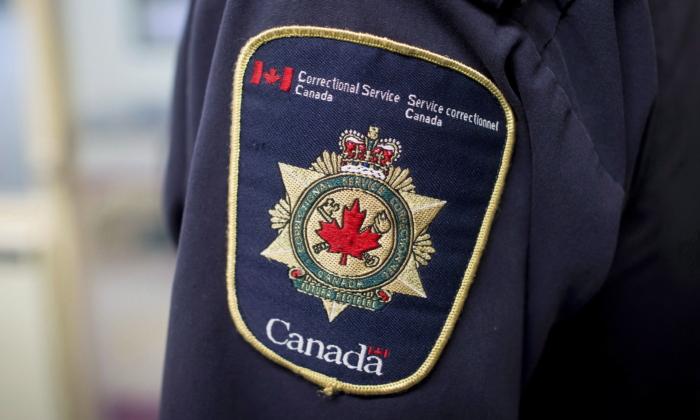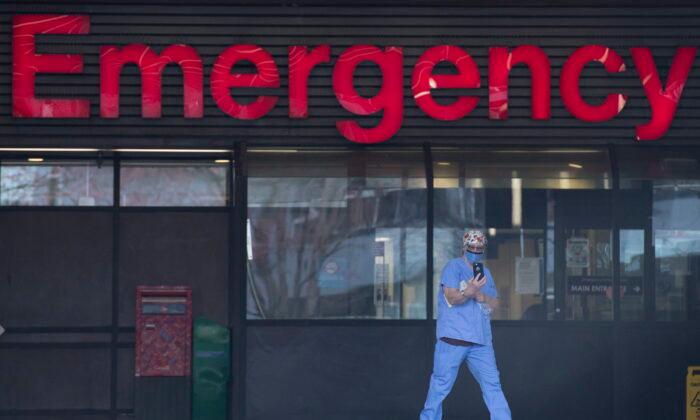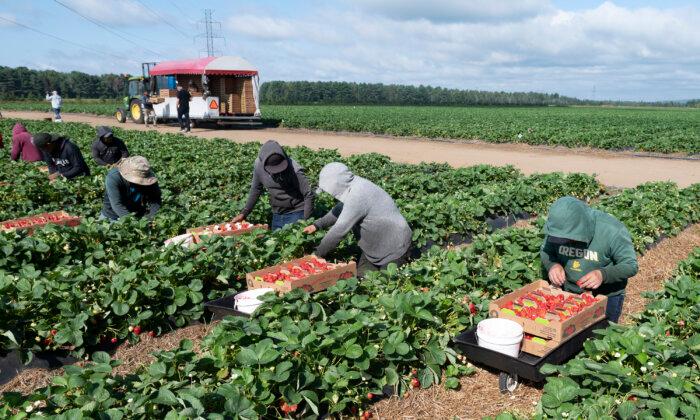Federal healing lodges account for a considerable number of prison escapes, according to new data from the Correctional Service of Canada (CSC).
Over a span of four years, there were 56 recorded prison escapes, 43 percent of those having happened at healing lodges, according to a CSC report obtained by Blacklock’s Reporter. Among these incidents, one-fifth were at two Prairie locations: Willow Cree Healing Centre near Duck Lake, Saskatchewan, and Buffalo Sage Wellness House in Edmonton.
Willow Cree Healing Centre can accommodate 80 offenders, and Buffalo Sage Wellness House, designed for female offenders, houses 28.
Around 70 percent of escapees from all Canadian prisons are indigenous, according to the CSC report.
“Escapes from healing lodges represent a challenge for residents, staff and community alike and highlight the tensions that can emerge between institutional and public safety goals and rehabilitative and reintegration objectives, including the availability of environments that are more responsive to the needs of Indigenous persons,” said the CSC report, titled “Escapes From Federal Custody 2017 To 2021.”
It said prison escapes are typically uncommon but can cause public anxiety, especially when there is a perceived risk to safety. CSC added that close examination of escapes is helpful in determining the circumstances of each specific incident.
Most prison breaks happened in the fall, often on a Sunday evening, and were typically spontaneous or did not involve an accomplice or an escape vehicle. Escapes were often “motivated by an immediate stressor,” such as an impending prison transfer or a family crisis, the report said.
Healing Lodges
Healing lodges are provided to some indigenous inmates to offer “culturally appropriate services and programs” that support indigenous “values, traditions and beliefs,” says the CSC website. Inmates have the opportunity to engage in indigenous arts and crafts such as beadwork and rattle-making and can also take part in sun dances, pipe ceremonies, smudges, blanketing ceremonies, and pow-wows. Other pastimes include band music, chess, book clubs, and writing activities.Healing lodge programs cost the federal government $21 million a year, CSC said.
A previous audit revealed that inmates allowed to serve their sentences at indigenous lodges had a greater recidivism rate compared to other prisoners.
A report published in March, “Experience At Men’s Correctional Service-Operated Healing Lodges: A Qualitative Examination,” qualified the higher rate saying that “healing lodge residents were more often rated as high need and at higher risk to reoffend.”
From 2020 to 2021, there were around 42 indigenous people in provincial custody per 10,000 population on any given day, compared to four non-indigenous people, the report said.
Of the five provinces, Saskatchewan had the highest adult per-10,000 population indigenous incarceration rate at over 100, followed by Alberta (nearly 60), Ontario (32), British Columbia (22), and Nova Scotia (nearly 8).







